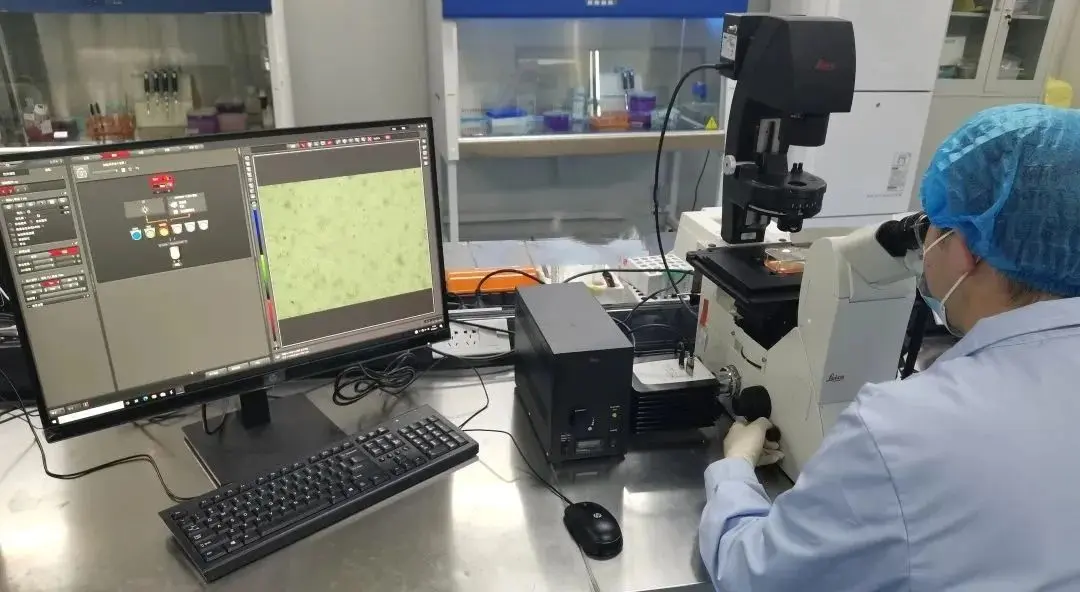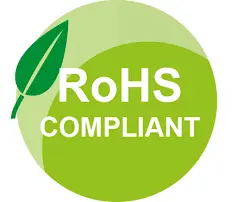
Toxicological Risk Assessments
As a vital component of the modern medical system, the safety of medical devices is directly related to patients' lives and health. With the advancement of science and technology and the growing demand for medical care, the types and complexity of medical devices are constantly increasing, and their potential biological risks have attracted increasing attention. As the core part of biological evaluation, the toxicological evaluation of medical devices aims to identify and assess the potential toxic effects of harmfUL substances released from medical device materials on the human body, providing a scientific basis for the safety of medical devices.

Standards and Regulations
Major global medical device markets impose stringent safety requirements on medical devices and have formulated corresponding regulations and standards. Examples include China's GB/T 16886 series standards, the ISO 10993 series standards adopted by the United States and the European Union, as well as the ISO 18562 series standards (for breathing gas pathways).
Common Medical Devices Requiring Toxicological Assessment
Arterial stents, therapeutic electronic cigarettes, nebulizers, etc.
Toxicological Assessment Involved in Biological or Safety Evaluation of Medical Devices
It mainly includes toxicological assessment of cheMICal characterization results (ISO 10993 - 18:2020, ISO 10993 - 17:2023), as well as toxicological assessment of Volatile Organic Substances (VOS) (ISO 18562 - 3:2024) and condensate (ISO 18562 - 4:2024) in breathing gas pathways.
Toxicological Risk Assessment Process for Medical Device Components
① Hazard Identification: First, it is necessary to identify the harmful substances released from medical device materials, and conduct qualitative and quantitative analysis on them.
② Comparison between Total Exposure and Toxicological Limits: Calculate the total exposure of harmful substances in the human body and compare it with the toxicological limits of the substances retrieved from toxicological databases (which generally requires certain calculations).
③ Risk Assessment: Comprehensively assess the potential risks of medical devices to the human body based on the comparison results between total exposure and toxicological limits. This assessment should take into account factors such as the toxicity intensity of harmful substances, exposure dose, exposure duration, and individual differences.
④ Risk Management: Formulate corresponding risk management measures (in accordance with ISO 14971) based on the risk assessment results to REDuce the risks of medical devices to the human body. Such measures may include selecting safer materials, improving product design, and adding warning labels.
As a key link to ensure the safety and effectiveness of medical devices, the importance of toxicological assessment of medical devices has become increasingly prominent in the modern medical field. With the progress of science and technology and the diversification of medical needs, the types and complexity of medical devices continue to increase, which undoubtedly brings new challenges and opportunities to the toxicological assessment of medical devices.
References
[1] ISO 10993 - 1, Biological Evaluation of Medical Devices Part 1: Evaluation and Testing within A Risk Management Process (2018).
[2] ISO 10993 - 17, Biological Evaluation of Medical Devices - Part 17: Establishment of Allowable Limits for Leachable Substances (2023).
[3] ISO 10993 - 18, Biological Evaluation of Medical Devices - Part 18: Chemical Characterization of Medical Device Materials within a Risk Management Process (2020).
[4] ISO 18562 - 1, biocompatibility evaluation of breathing gas pathways in healthcare applications - Part 1: Evaluation and testing within a risk management process (2024).
[5] ISO 18562 - 2, Biocompatibility evaluation of breathing gas pathways in healthcare applications - Part 2: Tests for emissions of particulate matter (2024).
[6] ISO 18562 - 3, Biocompatibility evaluation of breathing gas pathways in healthcare applications - Part 3: Tests for emissions of volatile organic substances (2024).
[7] ISO 18562 - 4, Biocompatibility evaluation of breathing gas pathways in healthcare applications - Part 4: Tests for leachables in condensate (2024).
Email:hello@jjrlab.com
Write your message here and send it to us
 How to Know If My Product Needs Prop 65 Warning
How to Know If My Product Needs Prop 65 Warning
 SVHC Compliance Services
SVHC Compliance Services
 Toxicological Risk Assessments
Toxicological Risk Assessments
 European REACH Requirements for a New Product
European REACH Requirements for a New Product
 CPSIA Compliance for Toys
CPSIA Compliance for Toys
 What Are CE and WEEE Marks
What Are CE and WEEE Marks
 What Are WEEE Regulations
What Are WEEE Regulations
 California Proposition 65 Testing
California Proposition 65 Testing
Leave us a message
24-hour online customer service at any time to respond, so that you worry!




